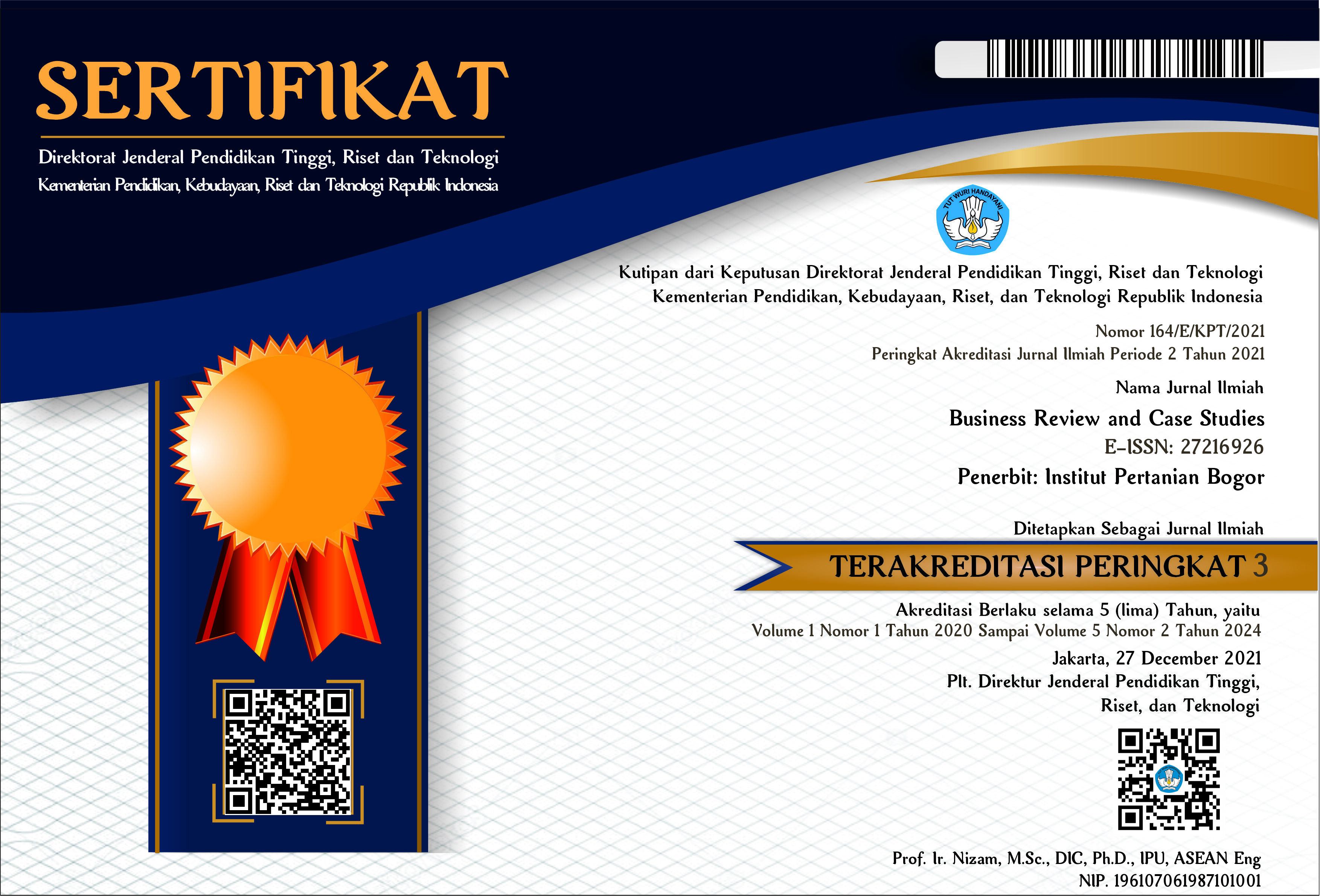Plastic Waste Management to Support The Circular Economy in The Pulp and Paper Industry
Abstract
The pulp and paper industry is one of the leading sectors that can grow significantly due to the application of advanced technology. The development of recycled paper follows the development of the pulp and paper industry in Indonesia. The trend towards sustainability in the pulp and paper industry drives waste paper recycling. This study aims to provide recommendations for technology in waste treatment in the pulp and paper industry from the perspective of the circular economy and Sustainable Development Goals (SDGs). This research method uses a systematic literature review with descriptive and qualitative data. The research result shows that mechanical and chemical recycling methods were found in the literature. Most of the technologies are used to make alternative use of waste, such as construction material use, pyrolysis, gas-forming, Refuse Derived Fuel (RDF), incinerator, and other alternative use. Appropriate technology applied to plastic waste management should be encouraged to support a circular economy and five potential SDGs out of seventeen goals: SDG 3, SDG 6, SDG 9, SDG 12, and SDG 13. In times of diverse growth in technologies and advanced knowledge, Internet of Things (IoT) and Artificial Intelligence (AI) may be possible for relevant future research needs or reshaping the existing research.
Keywords: circular economy, plastic waste management, pulp and paper waste management, sdgs, waste to energy







.jpg)






